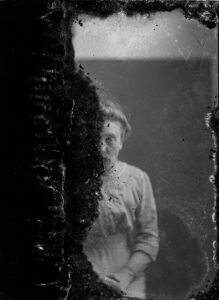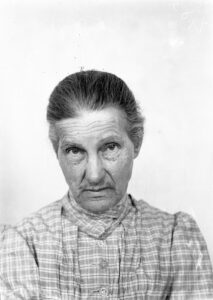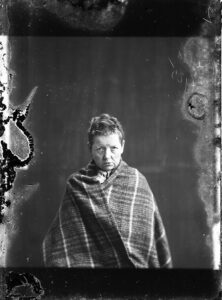Diagnosis
‘Pauper lunatics’, whose care could not be funded personally, accounted for 98% of London’s mentally ill in the 1890s. For those who could not be accommodated in the workhouses or infirmaries of the Councils expected to care for them, asylums offered a functional alternative. As these populations rapidly grew, city asylums became structurally unsound and remained shrouded in the prevailing societal fear, stigma and morbid fascination around mental illness and disability of the time.
It is understandable to view the diagnosis and treatment of mental illness in the Victorian period as shocking and unsettling by our current understandings, but they were considered pioneering for their time and their work ultimately contributed to our current medical knowledge. Great social, political, and medical developments in psychiatric treatment in the twentieth century rendered the asylum model unfit for purpose. Within a relatively short period of history what had been considered a suitably therapeutic environment for confinement and rehabilitation was soon deemed as socially and morally unacceptable, with a drive for mental health reform in the 1960s towards community inclusion rather than isolation and seclusion.
The diagnoses attributed to these patients would be very different if undergoing an assessment for mental illness, learning disabilities and neurological disorders today. For example, learning disabilities and epilepsy were considered mental illnesses at the time and they accounted for a substantial number of the cluster’s population, with Ewell Epileptic Colony (later known as St Ebba’s) housing 429 epileptic patients exclusively.
A common diagnosis seen in Epsom patients case books was dementia praecox (premature dementia) which had a very broad definition by Victorian usage and would encompass various conditions from autism to schizophrenia spectrum disorders by contemporary diagnostic criteria. Victorian medical understanding of dementia generally was to classify a decline in cognitive function affecting any age and attributable to various causes. In these casebooks there is reference to primary and secondary dementia, meaning early and late-stage Victorian-defined dementias respectively. Melancholia and mania were largely seen to be mood-related by the 1870s and would be comparable to our contemporary understanding of depression and mania which presents itself as a feature of various mental illnesses.
Reading the patient biographies available to us through a contemporary lens we can see why many predisposing and precipitating factors led to an individual’s decline in mental state and ultimately an asylum admission. Though someone could be discharged as ‘recovered’, it was not uncommon for them to be readmitted shortly thereafter, as treatment did not encompass a thorough aetiology of mental illness as we understand it today. Additionally, for many of the ‘pauper lunatics’ the perpetuating factors remained or might be exacerbated after discharge – such as poverty, exhaustion and overwork – so without adequate social care in place to alleviate these structural challenges to mental equilibrium, relapse was highly likely.
Today we have evidence-based guidelines for treatment, statutorily regulated bodies governing health and care professions with codes of ethics, and peer-reviewed standardised manuals outlining diagnostic criteria and of course a plethora of pharmaceutical interventions that may be prescribed. However, even today, our contemporary understanding of mental illness and approaches to its treatment are changing and ever evolving. It is interesting, for example, that nineteenth-century psychiatric treatment included an appreciation of access to green spaces and nature for recovery and these insights are being re-discovered through contemporary prescriptions of horticultural therapy for psychiatric care and treatment.











